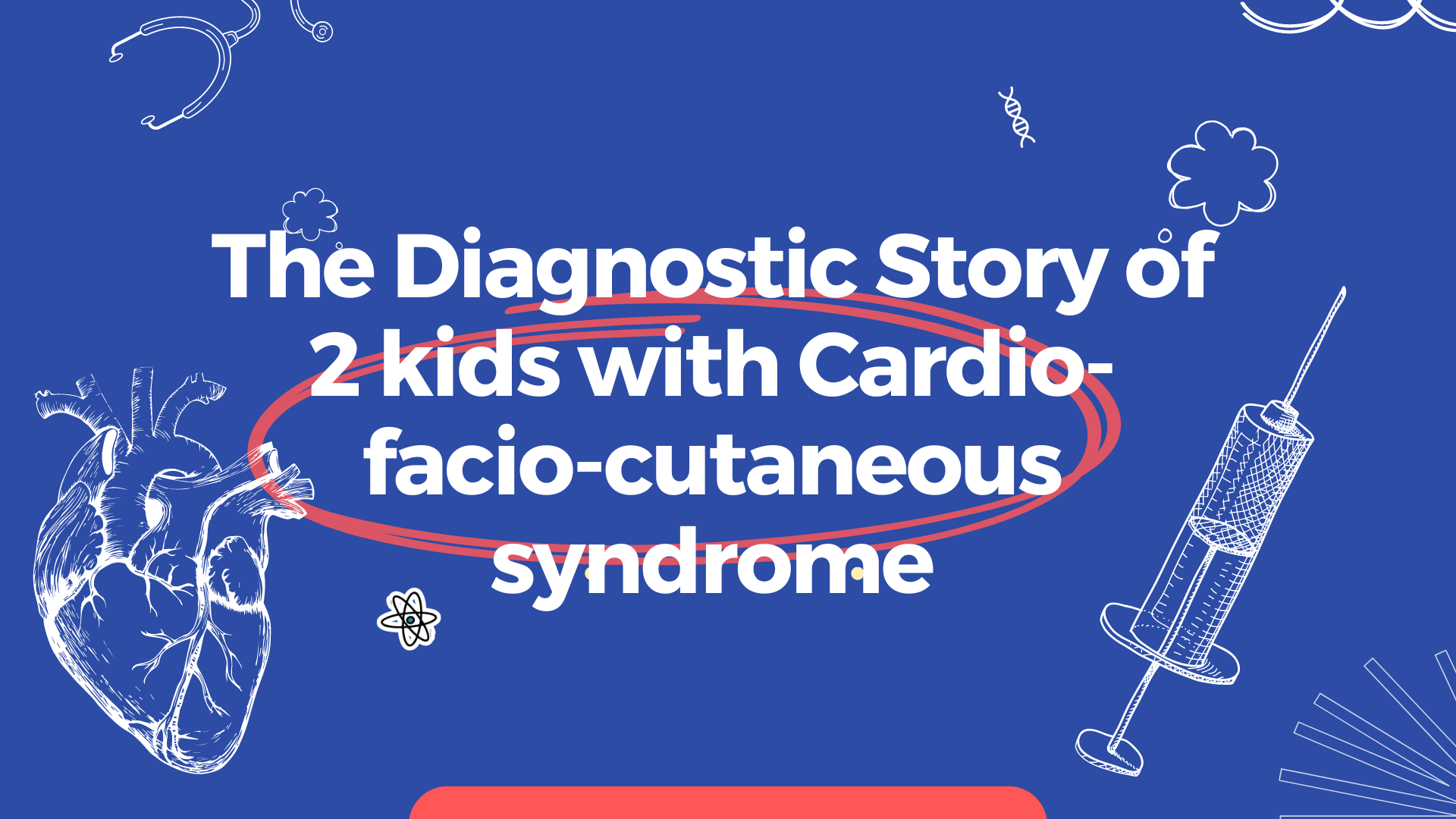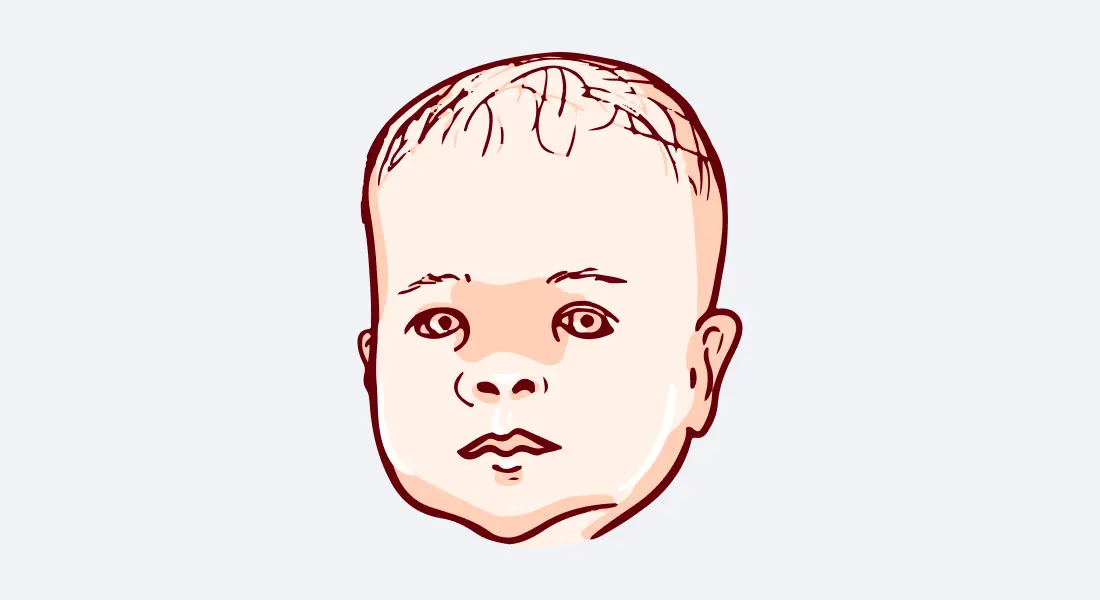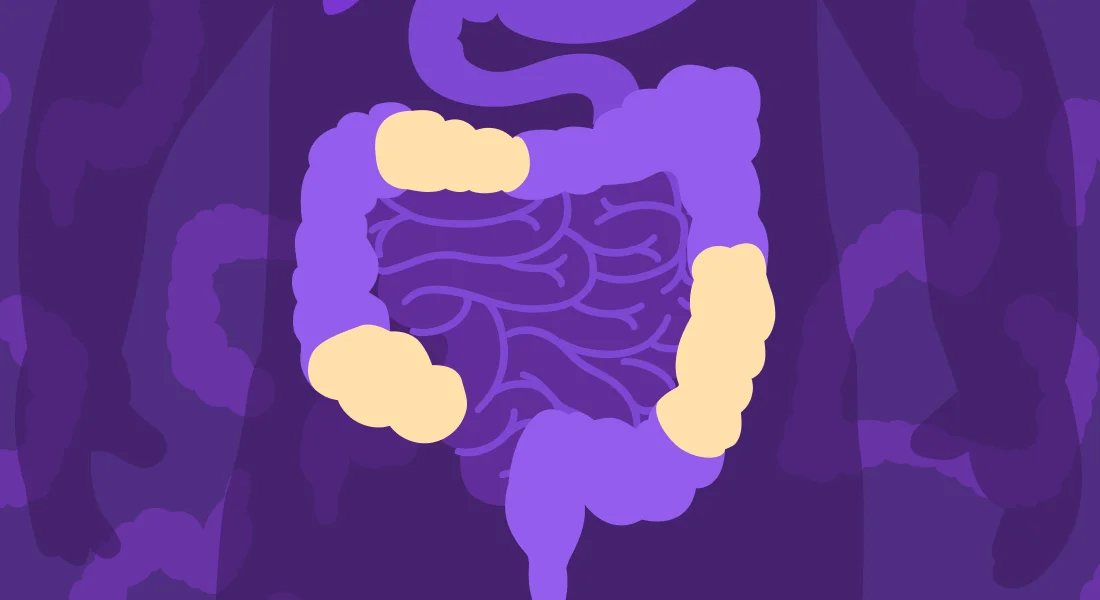Let’s continue our series of rare genetic diseases by looking more closely at Spinal Muscular Atrophy (SMA). This disease affects 1 per 8,000 to 10,000 people worldwide. Let’s take a look at this rare disease that if left untreated is the most common genetic cause of infant death1.
What is Spinal Muscular Atrophy?

Spinal Muscular Atrophy can be described as a genetic disorder where the muscles responsible for movement become weak and atrophy. SMA arises due to a mutation in the SMN1 gene which is responsible for decoding SMN, which is a protein that is necessary for the survival of motor neurons2. The loss of these neurons located in the spinal cord results in the prevention of signaling between the brain and muscles2. A second gene, the SMN2 gene is what is considered a disease modifying gene, so the number of copies of these genes can modify the severity of the disease and determine the type that could possibly develop2.
What are the types of Spinal Muscular Atrophy?

Type 0
Is the prenatal form considered the most severe. Symptoms seen between 30 and 36 weeks of pregnancy, characterized by reduced movement of the fetus with newborns having a lifespan of approximately 2-6 months3.
Type I
Is the most common type that accounts for half of all cases. Symptoms seen before 6 months of age, characterized by muscle weakness, feeding and breathing problems. Those affected do not survive past 2 years of age due to respiratory failure4.Type II
Is the form that develops in babies between the ages of 6 and 12 months. Babies affected can not stand or walk independently having feeding and breathing problems. 70% of those diagnosed with this type can live to be at least 25 years of age5.Type III
Is the form that is relatively mild that develops after 12 months of age between childhood and adolescence. It is characterized by having difficulties walking, running, and going up and down stairs; with muscle weakness primarily affecting the legs and hip muscles, progressing to the shoulders and arms6. Those affected can expect to have a normal life expectancy6.Type IV
Is the adult-onset form that develops in the second or third decade of life. It is characterized by waddling gait, finger trembling, fasciculation and calf hypertrophy. Similar to Type III, it affects primarily the legs and hip muscles progressing to the shoulders and arms7. Those affected by this type of the disease can expect to have a normal life expectancy6.
How is Spinal Muscular Atrophy Diagnosed?

The most definitive diagnosing test for SMA is a genetic test8; other diagnoses tests include observing physical symptoms, imaging (MRI, ultrasounds, x-rays etc), electrical studies, biopsy, and blood tests8. SMA has also been added to the list of recommended newborn screening tests in the United States, so that it can be detected prior to symptoms developing4.
Diagnosing SMA can also prove to be difficult because there are other diseases that have similar phenotypes with SMA. Some of these diseases include: myopathy, muscular dystrophy, botulism, adrenoleukodystrophy, Prader-Willi syndrome, Angelman syndrome, myasthenia gravis, neuropathy, Guillain-Barre syndrome (GBS), multiple sclerosis (MS), amyotrophic lateral sclerosis (ALS) and Kennedy disease8. It is therefore not surprising that it can take weeks, months or longer to confirm SMA is the cause, therefore a genetic test is the definitive diagnosis test.
What are the Inheritance Patterns of Spinal Muscular Atrophy?

SMA is inherited in an autosomal recessive pattern. Both copies of the SMN1 gene inherited from the parents have the mutation. However, there are rare cases where a person with SMA inherits the SMN1 gene from a single parent and acquires the new mutation in the second copy during the formation of the reproductive cells or in early embryonic development. For individuals that have more than the two usual copies of the SMN2 gene, they do not inherit the extra copies from the parent. This occurs during an error when making new copies of DNA in an egg or sperm cell or just after fertilization2.
What treatments are available for Spinal Muscular Atrophy?
Although SMA can be a deadly disease, treatments are available. Gene therapy along with other methods to manage symptoms are available9. The FDA has approved the following 3 medications:
Nusinersen (Spinraza) marketed by Biogen helps to adjust the SMN2 gene, allowing it to make more protein. Children and adults with SMA can take this medication which is injected into the fluid around the spinal cord. 40% of the people who use it are made stronger, slowing the disease9.
Onasemnogene abeparvovec-xioi (Zolgensma) manufactured by Novartis replaces the problem SMN1 gene. Children under 2 years of age are administered this medication. Through a catheter, a copy of the SMN gene is sent through the tube into a specific group of motor cells. This treatment is done only once. The treatment results in children controlling their heads or sitting without support9.
Risdiplan (Evrysdi) manufactured by Roche works to stop the description of protein production caused by the SMN2 genes. It allows for the protein to reach the nerve cells. The medication can be taken once a day and shows improved muscle function after 12 months9.
In addition to these medications, several other medications are currently under development in various stages. There are currently 17 treatments that are currently being developed and researched10. This active research into SMA medication development brings lots of hope to the families who have a loved one suffering from this disease.
What resources are available?
Luckily there are several resources that are available to help the families that are affected by this disease. Various associations and support groups exist whose aim is to provide information and emotional support. The Muscular Dystrophy Association helps to sponsor SMA research, and also offers support groups for other muscular disorders. Cure SMA is a non-profit advocacy association that provides lots of information and support services with 34 volunteer-led chapters across the United States. The Gwendolyn Strong Foundation is a non-profit organization that raises global awareness. SMA Foundation is the leading funder of SMA research worldwide11. They also provide information for various other foundations and support groups from around the world. Make sure to visit their websites to learn more about SMA and find a support group near you.
References
U.S. Food and Drug Administration. FDA Approves Innovative Gene Therapy to Treat Pediatric Patients with Spinal Muscular Atrophy, a Rare Disease and Leading Genetic Cause of Infant Mortality
MedlinePlus. Spinal Muscular Atrophy
Genetic and Rare Diseases Information Center. Spinal Muscular Atrophy
Genetic and Rare Diseases Information Center. Spinal Muscular Atrophy 1
Genetic and Rare Diseases Information Center. Spinal Muscular Atrophy 2
Genetic and Rare Diseases Information Center. Spinal Muscular Atrophy 3
Genetic and Rare Diseases Information Center. Spinal Muscular Atrophy 4
Verywell Health. How Spinal Muscular Atrophy (SMA) is Diagnosed
WebMD Spinal Muscular Atrophy .
CureSMA. SMA Drug Pipeline
Healthline.Spinal Muscular Atrophy: The Best Online Resources























